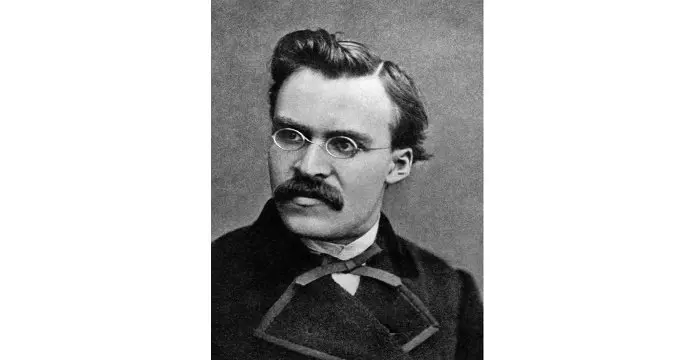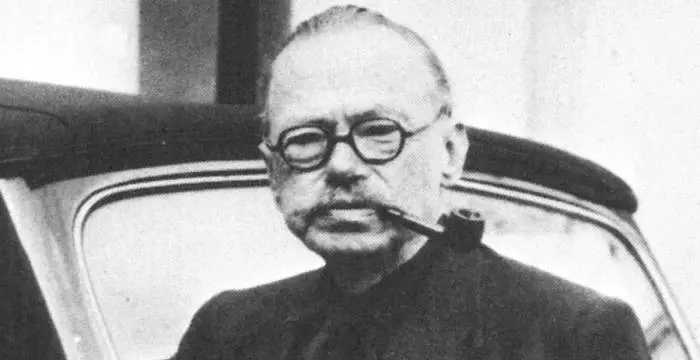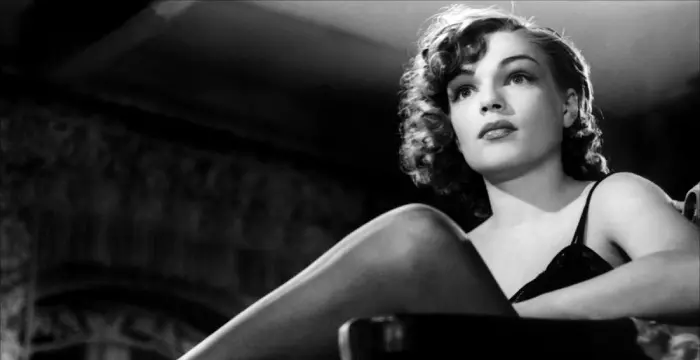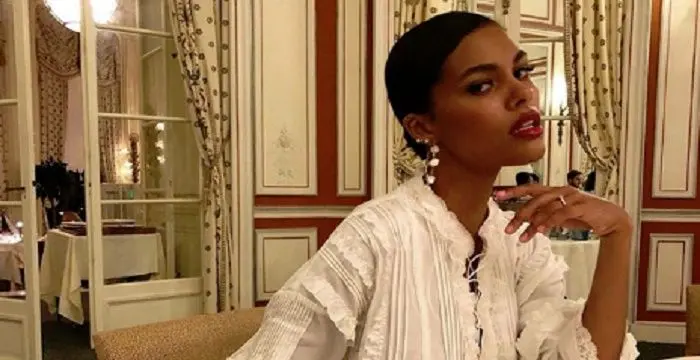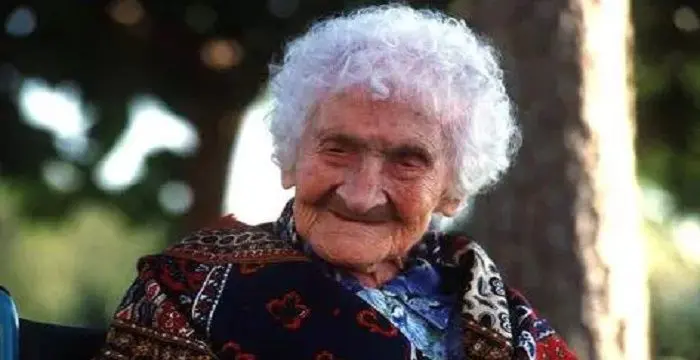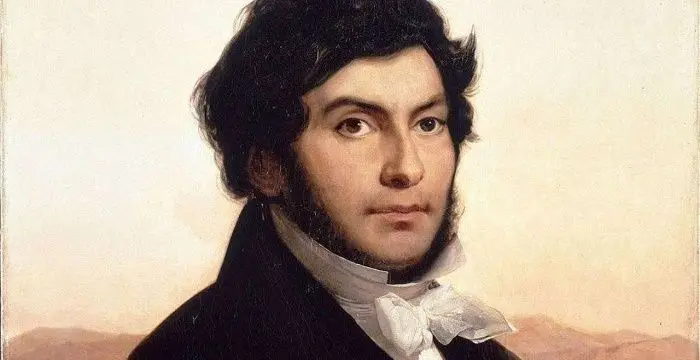
Jean-François Champollion - Philologist, Life Achievements and Facts
Jean-François Champollion's Personal Details
Jean-François Champollion is best remembered till date for deciphering the Egyptian hieroglyphs and Rosette Stone
| Information | Detail |
|---|---|
| Birthday | December 23, 1790 |
| Died on | March 4, 1832 |
| Nationality | French |
| Famous | Child Prodigies, Intellectuals & Academics, Philologist |
| Siblings | Jacques Joseph Champollion-Figeac |
| Known as | Jean-Francois Champollion |
| Birth Place | Figeac |
| Gender | Male |
| Sun Sign | Capricorn |
| Born in | Figeac |
| Famous as | Philologist |
| Died at Age | 41 |
// Famous Philologist
Friedrich Nietzsche
Friedrich Nietzsche was a famous 19th century German philosopher and philologist. Check out this biography to know about his childhood, family, life history and achievements.
V. Gordon Childe
Vere Gordon Childe was an Australian historian, linguist and archaeologist. This biography of Vere Gordon Childe provides detailed information about his childhood, life, achievements, works & timeline.
Jean-François Champollion's photo
Who is Jean-François Champollion?
Jean-François Champollion was a French philologist and orientalist who is widely known till date for deciphering the Egyptian hieroglyphs and Rosetta Stone. Champollion was the founding figure of Egyptology during the early 19th century. A child prodigy, young Champollion was a master at languages, having mastered Latin, Greek, Hebrew, Arabic, Syriac, Chaldean, Coptic, Sanskrit and Persian. At the age of sixteen he read a paper on the Coptic language before the Grenoble Academy. It was due to his love for languages that he worked extensively to retrieve the numerous kinds of information recorded by the ancient Egyptians by deciphering the function and nature of hieroglyphs script. In addition to his research, Champollion also took up academic positions. In 1822, he made the ground-breaking discovery on hieroglyphic and non-hieroglyphic scripts in ‘Lettre à M. Dacier’. Two years later, he came up with a longer thesis that contained full decipherment of Egyptian hieroglyphics. It was on his trip to Egypt that Champollion read many hieroglyphic texts that had never been studied before, and brought home a large body of new drawings of hieroglyphic inscriptions. His last academic position was as the Professor of Egyptology at the College de France
// Famous Intellectuals & Academics
Bertil Gotthard Ohlin
Bertil Gotthard Ohlin was a famous Swedish economist. This biography profiles his childhood, family life & achievements.
Emily Greene Balch
Emily Greene Balch was an American economist, sociologist and pacifist who won the 1946 Nobel Peace Prize. This biography of Emily Greene Balch provides detailed information about her childhood, life, achievements, works & timeline.
Martin Buber
One of the greatest philosophers to have ever walked on earth, Martin Buber contributions to philosophy is a long-standing one. Explore all about his profile, childhood, life and timeline here.
Childhood & Early Life
Jean-François Champollion was born on December 23, 1790 in Figeac, Lot, to Jacques Champollion and Jeanne-Françoise Gualieu. He was the last of the seven children born to the couple and was fondly referred to as Champollion le Jeune (the young).
Young Champollion was mostly under the care and guidance of his elder brother, Jacques-Joseph. It was his brother who taught him to read and write and supported his education. Senior Champollion also instilled in him an interest for Ancient Egypt.
Champollion attained his formal education from Abbé Dussert School. It was therein that his genius for languages was first realized. He not just learned Latin and Greek, but mastered Hebrew, Arabic, Syriac and Chaldean as well.
His interest in Ancient Egypt brought him to the notice of Joseph Fourier, prefect of Grenoble. Amused by the tremendous interest shown by Champollion, Fourier invited the young boy to his home and showed him his collection of Ancient Egyptian artefacts and documents.
Though Champollion’s visit to Fourier’s home is highly speculated, some believe that it was during this visit that Champollion was so fascinated by the hieroglyphs that he vowed to be able to read them one day and turn them into intelligible matter. Fourier did cast an important influence over Champollion and inspired and supported the latter in his interest in Ancient Egypt.
In 1804, Champollion attended Lycee in Grenoble. He despised studying there as the institute restricted the study of oriental languages to a day per week. At Lycee, he studied Coptic, which proved to be crucial in his deciphering of hieroglyphs.
In 1806, he submitted his essay on ‘Geographical Description of Egypt before the Conquest of Cambyses’ before the Academy of Grenoble. Impressed by his work, the members admitted Champollion to the Academy.
Career
In 1807, Champollion moved to Paris to study under the tutelage of Silvestre de Sacy. Sacy along with Louis-Mathieu Langlès and Raphaël de Monachis, was the first Frenchman who attempted to read the Rosetta stone.
In Paris, he used his time wisely, switching himself between the College of Fance, Special School of Oriental Languages, National Library and Commission of Egypt, which was in charge of publishing the findings of Egyptian expeditions.
In 1808, he independently began his study of the Rosetta stone from its replica created by Abbe de Tersan. It was during this study that he confirmed some of the readings of the demotic made in 1802 by Johan David Åkerblad.
In 1810, he returned to Grenoble from Paris. Shortly after, he took up the chair of assistant professor of Ancient History at the then newly-opened Grenoble University.
During the Napoleonic Wars, Champollion was to be drafted into the army for military service. However, he escaped conscription with the help of his brother and prefect Grenoble Joseph who claimed that Champollion’s work on deciphering the Egyptian script was far more important.
In spite of Napoleon’s defeat at the end of Hundred Days, Champollion brothers sided with Napoleon and aided Napoleonic general, Drouet d'Erlon, escape death by helping him escape to Munich. As a result of this, Champollion lost his university position and was without an academic post.
Despite losing his academic position, Champollion did not stop working on Egyptian hieroglyphs. Examining texts brought from Egypt, he discovered a relationship between hieroglyphic and non-hieroglyphic scripts.
Along with his brother, Champollion set up Lancaster schools with an aim to provide education to the general public. It was a revolutionary effort taking into consideration that education until then was only for the privileged few.
In 1822, he summarised his ground-breaking discoveries on hieroglyphic and non-hieroglyphic scripts in his famous work, ‘Lettre à M. Dacier’. He followed this up with a longer thesis, Précis, in 1824 that gave detailed information on the decipherment of the hieroglyphic script demonstrating the values of the phonetic and ideographic signs. The thesis was the perfect answer to the much-awaited translation of Egyptian hieroglyphics
Following the publication of his revolutionary discoveries, he met Duke of Bracas who in turn became his patron. Attaining the favour of the king, he was appointed as the Conservator of the Egyptian collections at Louvre. In the position, he travelled to Turin to inspect and catalogue a collection of Egyptian materials.
From 1828 to 1830, he travelled to Egypt, conducting the first systematic survey of the country’s monuments, history and archaeology. Therein, he read many hieroglyphic texts that had never been studied before, and brought home a large body of new drawings of hieroglyphic inscriptions.
On his return from Egypt in 1830, he was made Professor of Egyptology at the Collège de France. However, after about three lectures, he had to give up on his post due to failing health.
Major Works
Champollion’s magnum opus of his career came with decoding hieroglyphs in his 1822 work, ‘Lettre à M. Dacier’. In it, he established a list of hieroglyphic signs and their Greek equivalents, recognizing some as alphabetic, some syllabic, and some determinative. He followed this up with the 1824 work Précis in which he detailed the decipherment of the hieroglyphic script demonstrating the values of the phonetic and ideographic signs.
Personal Life & Legacy
In 1818, Champollion tied the nuptial knot with Rosine Blanc, his fiancé. The couple was blessed with a daughter Zoraïde Champollion.
Briefly, Champollion was in a love affair with Italian poet, Angelica Palli. She even dedicated an ode to Champollion's work at a celebration. Though the two exchanged a couple of letters, the relationship did not go any further.
Since early days, Champollion suffered from prolonged illness, gout and tinnitus. His condition deteriorated during his years in Paris—the unhygienic living conditions and the damp climate worsened his state of health.
In 1832, he breathed his last due to apoplectic attack in Paris. Exhaustion and excessive exertion due to scientific expedition to Egypt led to the attack. He was buried in Père Lachaise Cemetery.
His last work, the great Egyptian grammar and dictionary, was published posthumously by his brother.
To commemorate his discoveries including the field of Egyptology, his birthplace at Figeac in Lot has been turned into a museum. The museum is a window to Champollion's life and discoveries and also recounts the history of writing. Figeac also honoured him with a monumental reproduction of the Rosetta Stone.
Over the years, his life has been the subject of various films and documentaries. A street in Cairo bears his name. He also has a lunar crater on the dark side of the moon named after him.
// Famous Child Prodigies
Justin Randall Timberlake
Justin Timberlake is an award winning American singer, actor and songwriter. Read this biography to learn more about his childhood, profile, life and timeline.
Frank Iero
Frank Iero is an acclaimed American musician. This biography provides detailed information about his childhood, life, career, achievements and timeline.
Robert M. Pirsig
Robert M. Pirsig is a contemporary American writer and philosopher. Read this biography to learn more about his childhood, life, works and timeline.
Jean-François Champollion biography timelines
- // 23rd Dec 1790Jean-François Champollion was born on December 23, 1790 in Figeac, Lot, to Jacques Champollion and Jeanne-Françoise Gualieu. He was the last of the seven children born to the couple and was fondly referred to as Champollion le Jeune (the young).
- // 1802 To 1808In 1808, he independently began his study of the Rosetta stone from its replica created by Abbe de Tersan. It was during this study that he confirmed some of the readings of the demotic made in 1802 by Johan David Åkerblad.
- // 1804In 1804, Champollion attended Lycee in Grenoble. He despised studying there as the institute restricted the study of oriental languages to a day per week. At Lycee, he studied Coptic, which proved to be crucial in his deciphering of hieroglyphs.
- // 1806In 1806, he submitted his essay on ‘Geographical Description of Egypt before the Conquest of Cambyses’ before the Academy of Grenoble. Impressed by his work, the members admitted Champollion to the Academy.
- // 1807In 1807, Champollion moved to Paris to study under the tutelage of Silvestre de Sacy. Sacy along with Louis-Mathieu Langlès and Raphaël de Monachis, was the first Frenchman who attempted to read the Rosetta stone.
- // 1810In 1810, he returned to Grenoble from Paris. Shortly after, he took up the chair of assistant professor of Ancient History at the then newly-opened Grenoble University.
- // 1818In 1818, Champollion tied the nuptial knot with Rosine Blanc, his fiancé. The couple was blessed with a daughter Zoraïde Champollion.
- // 1822 To 1824In 1822, he summarised his ground-breaking discoveries on hieroglyphic and non-hieroglyphic scripts in his famous work, ‘Lettre à M. Dacier’. He followed this up with a longer thesis, Précis, in 1824 that gave detailed information on the decipherment of the hieroglyphic script demonstrating the values of the phonetic and ideographic signs. The thesis was the perfect answer to the much-awaited translation of Egyptian hieroglyphics
- // 1822 To 1824Champollion’s magnum opus of his career came with decoding hieroglyphs in his 1822 work, ‘Lettre à M. Dacier’. In it, he established a list of hieroglyphic signs and their Greek equivalents, recognizing some as alphabetic, some syllabic, and some determinative. He followed this up with the 1824 work Précis in which he detailed the decipherment of the hieroglyphic script demonstrating the values of the phonetic and ideographic signs.
- // 1828 To 1830From 1828 to 1830, he travelled to Egypt, conducting the first systematic survey of the country’s monuments, history and archaeology. Therein, he read many hieroglyphic texts that had never been studied before, and brought home a large body of new drawings of hieroglyphic inscriptions.
- // 1830On his return from Egypt in 1830, he was made Professor of Egyptology at the Collège de France. However, after about three lectures, he had to give up on his post due to failing health.
- // 1832In 1832, he breathed his last due to apoplectic attack in Paris. Exhaustion and excessive exertion due to scientific expedition to Egypt led to the attack. He was buried in Père Lachaise Cemetery.
// Famous French peoples
Simone Signoret
Simone Signoret was a French actress who became the first French person to win an Academy Award. Check out this biography to know about her childhood, family life, achievements and other facts related to her life.
Jade Weber
Scroll down this bio to find out everything about French model Jade Weber. Be it fun facts, birthday, trivia or details of her personal and family life, you’ll find everything here.
Micheline Roquebrune
Micheline Roquebrune is a petite Moroccan-French painter best known as the third wife the legendary Scottish actor Sir Sean Connery. Check out this biography to know about her birthday, childhood, family life, achievements and fun facts about her.
Alex Lange
Alex Lange is a French-South African model, who is quite popular on Instagram. Check out this biography to know about his childhood, family life, achievements and fun facts about him.
Tina Kunakey
Tina Kunakey Di Vita is a model and wife of the French actor Vincent Cassel. Check out this biography to know about her birthday, childhood, family life, achievements and fun facts about her.
Jeanne Calment
Jeanne Calment was a French supercentenarian who had the longest confirmed lifespan in human history. Check out this biography to know about her childhood, family, personal life, death, etc.
Jean-François Champollion's FAQ
What is Jean-François Champollion birthday?
Jean-François Champollion was born at 1790-12-23
When was Jean-François Champollion died?
Jean-François Champollion was died at 1832-03-04
Where was Jean-François Champollion died?
Jean-François Champollion was died in Paris
Which age was Jean-François Champollion died?
Jean-François Champollion was died at age 41
Where is Jean-François Champollion's birth place?
Jean-François Champollion was born in Figeac
What is Jean-François Champollion nationalities?
Jean-François Champollion's nationalities is French
Who is Jean-François Champollion siblings?
Jean-François Champollion's siblings is Jacques Joseph Champollion-Figeac
What is Jean-François Champollion's sun sign?
Jean-François Champollion is Capricorn
How famous is Jean-François Champollion?
Jean-François Champollion is famouse as Philologist
